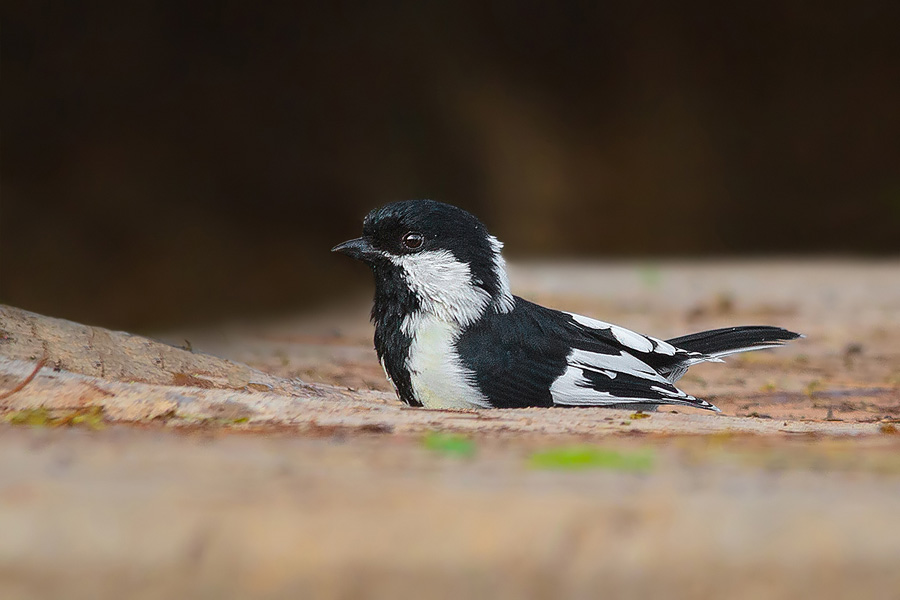
With little importance given to thorn-scrub forests, birds such as the globally threatened White-naped Tit (Parus nuchalis) are getting pushed towards extinction.
The vulnerable White-naped Tit is a 12cm bird endemic to India. It has two separate populations. One is found in the thorn forests of Gujarat and Rajasthan and the other in the states of Karnataka, Kerala & Tamil Nadu. Recent surveys have found the species to be scarce across its range, and absent from many intervening areas between known sites (Tiwari 2001). It is therefore suspected to be declining rapidly in association with the loss and degradation of its habitat. It therefore qualifies as Vulnerable.
Cutting tropical thorn-scrub forest for fuelwood and illegal charcoal making, clearance for agricultural land and settlement construction, and over-grazing are principal causes of habitat loss. The species nests in cavities in old trees, many of which are now felled, leading to nesting failure. In Kutch, an estimated 100 Acacia trees per day are felled for the collection of twigs for toothbrush manufacture (Tiwari 2001). Remaining areas of suitable habitat are further threatened by proposed cement factories, stone quarrying and gypsum mining, including within existing protected areas. The spread of the non-native shrubs Prosopis glandulosa and P. chilensis is also having deleterious effects on dry thorn-scrub. There is also a lack of awareness of these threats among enforcement staff (Trivedi 2009).
This image was photographed at a waterhole in Udaipur district, Rajasthan.

 CI is a non-profit, non-commercial portal that aims to facilitate wildlife and nature conservation by providing reliable information and the tools needed to campaign effectively.
CI is a non-profit, non-commercial portal that aims to facilitate wildlife and nature conservation by providing reliable information and the tools needed to campaign effectively.
Chosen as 'Picture of the Week'
Cutting tropical thorn-scrub forest for fuelwood and illegal charcoal making, clearance for agricultural land and settlement construction, and over-grazing are principal causes of habitat loss in Kutch. The white-naped tit nests in cavities in old trees, many of which are now felled, leading to nesting failure. An estimated 100 Acacia trees per day are felled for the collection of twigs for toothbrush manufacture (Tiwari 2001).